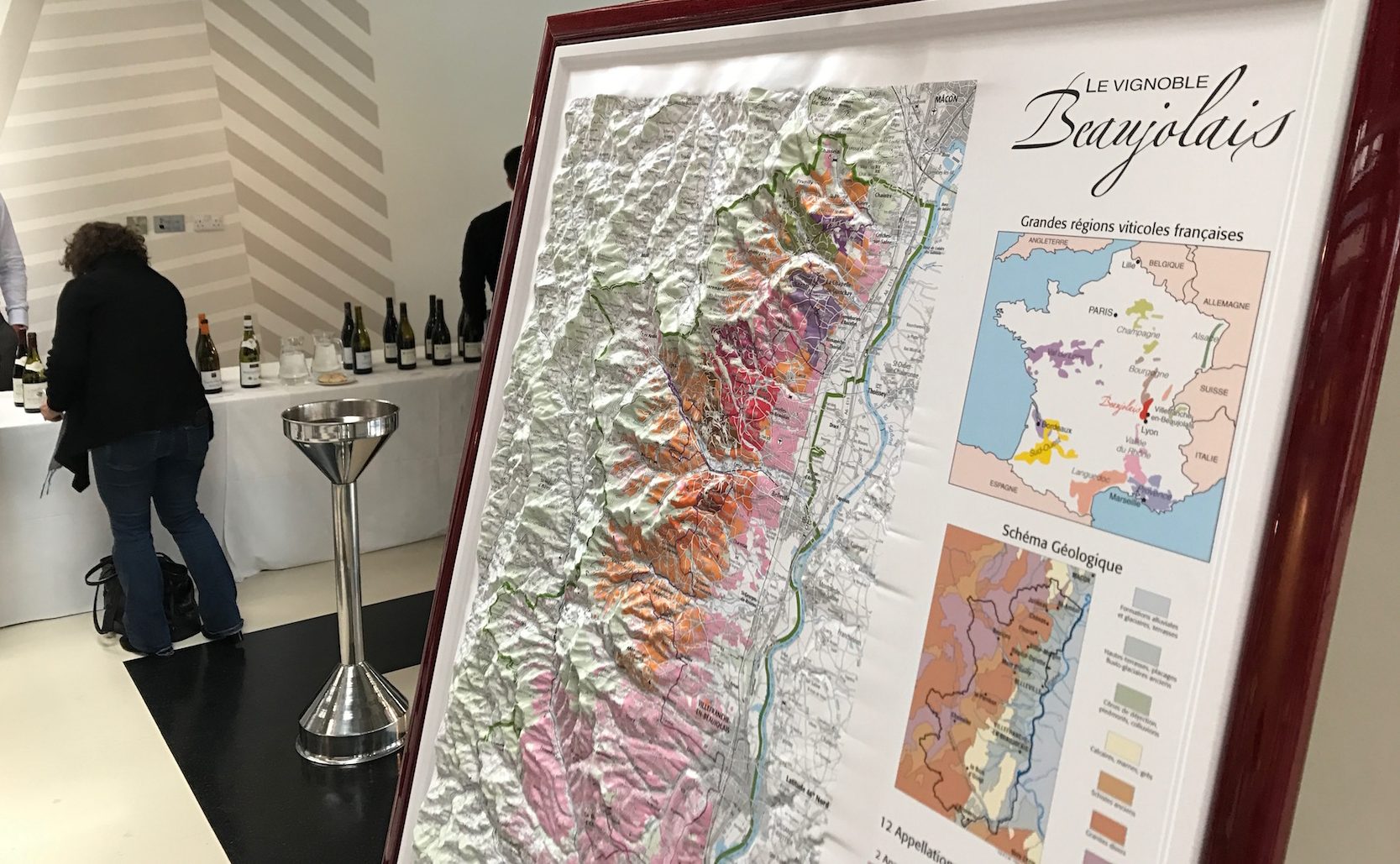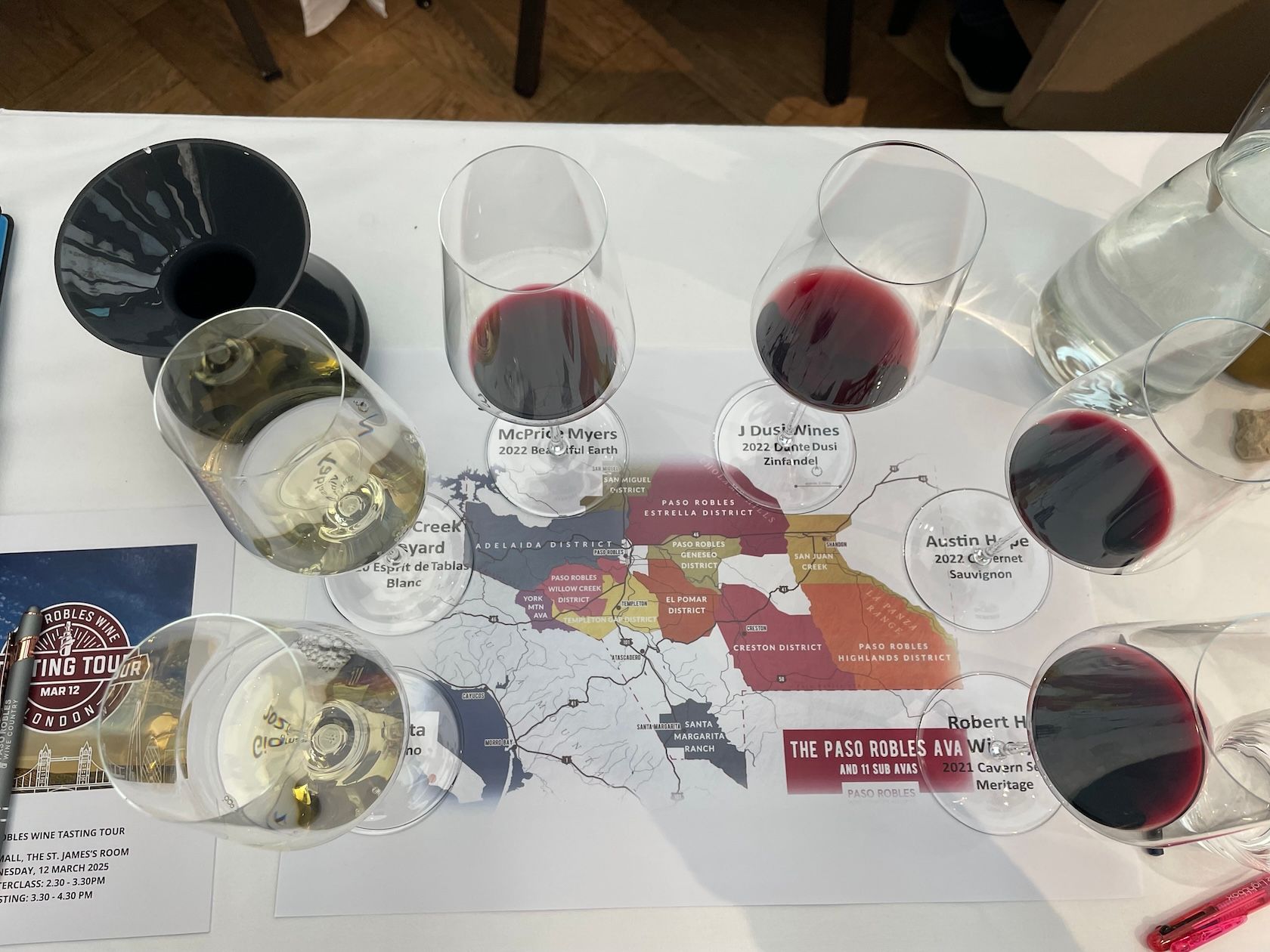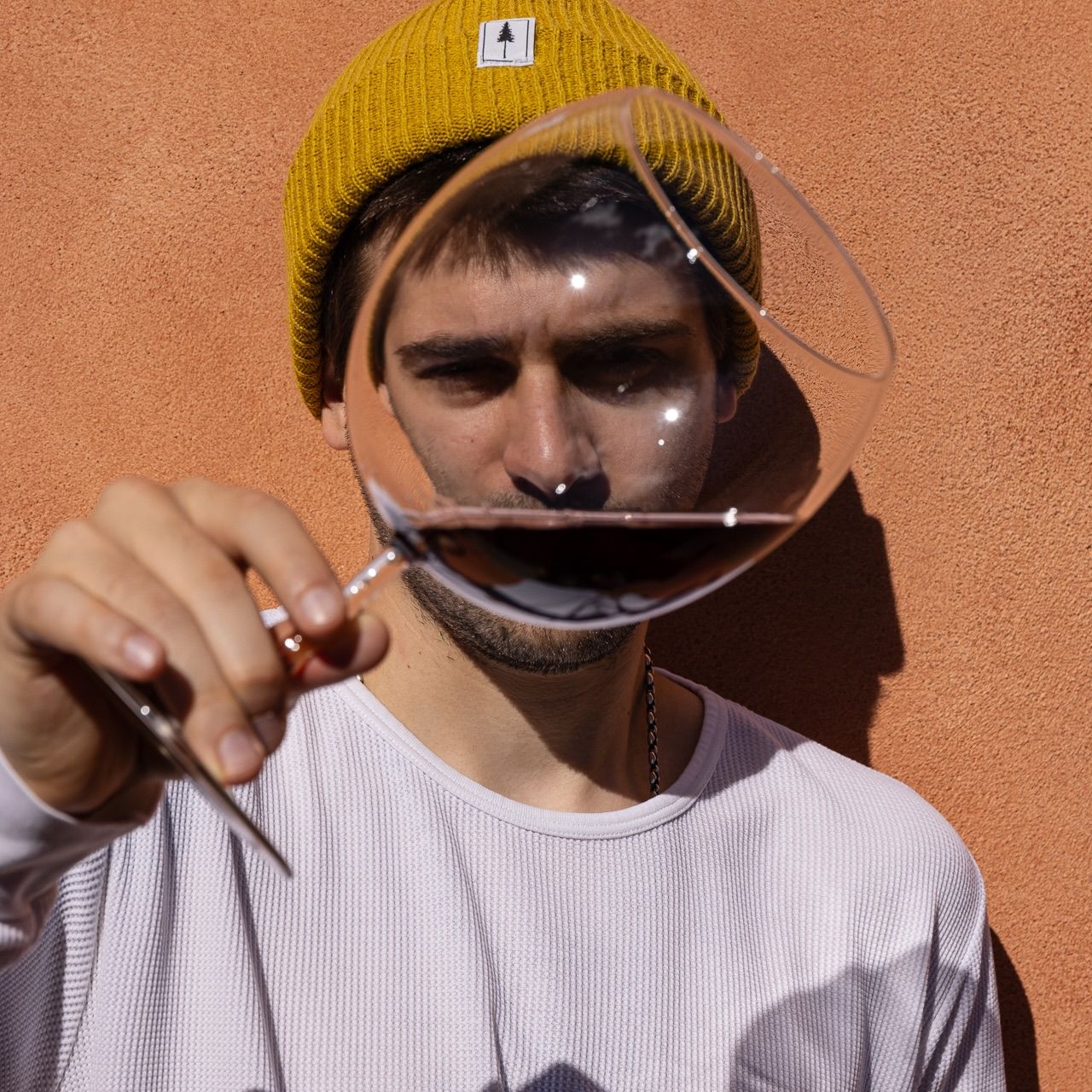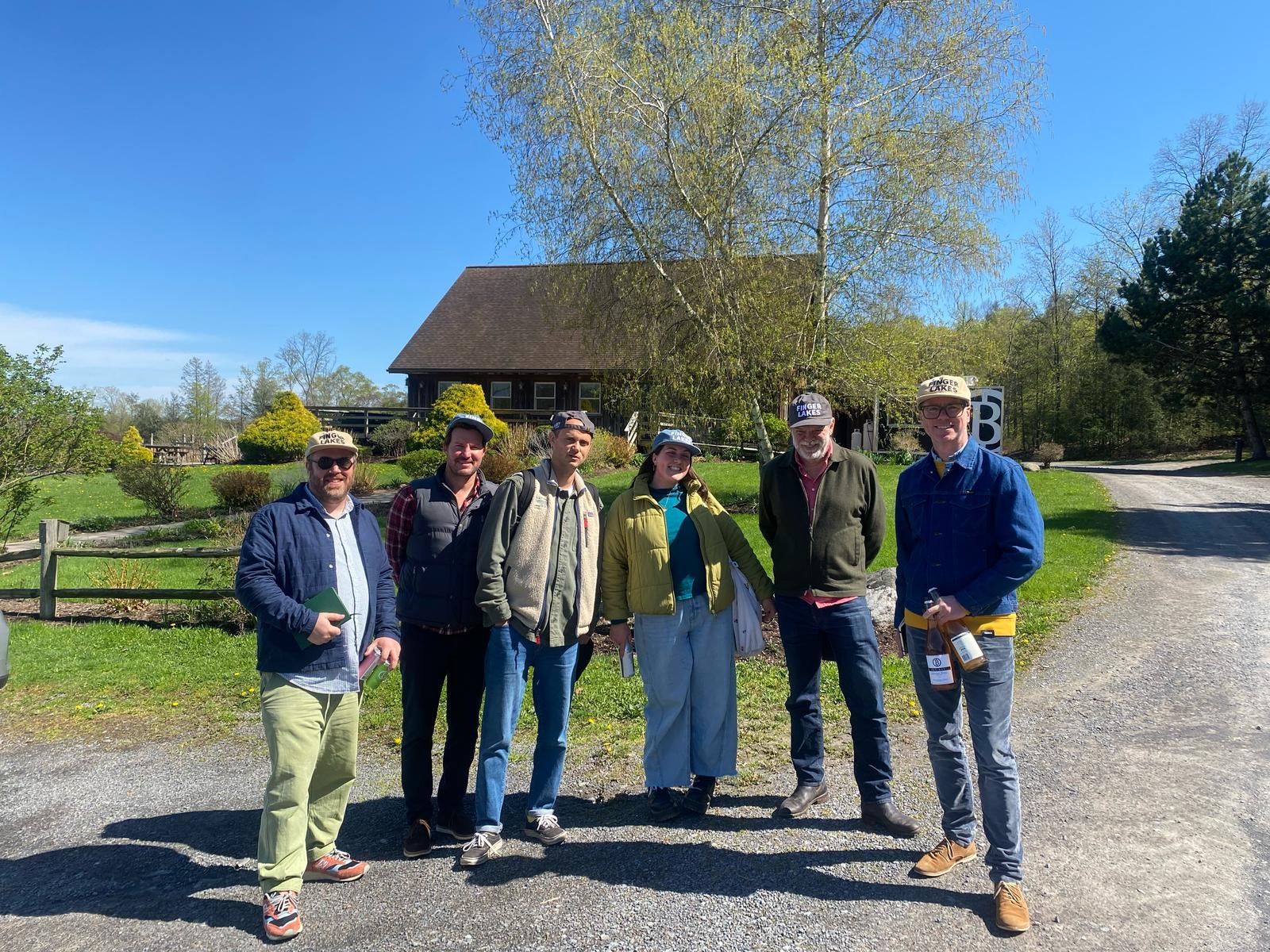Inter-Beaujolais MD Jean Bourjade takes The Buyer through the changing styles of Beaujolais as well as give us an insight into the latest vintages.
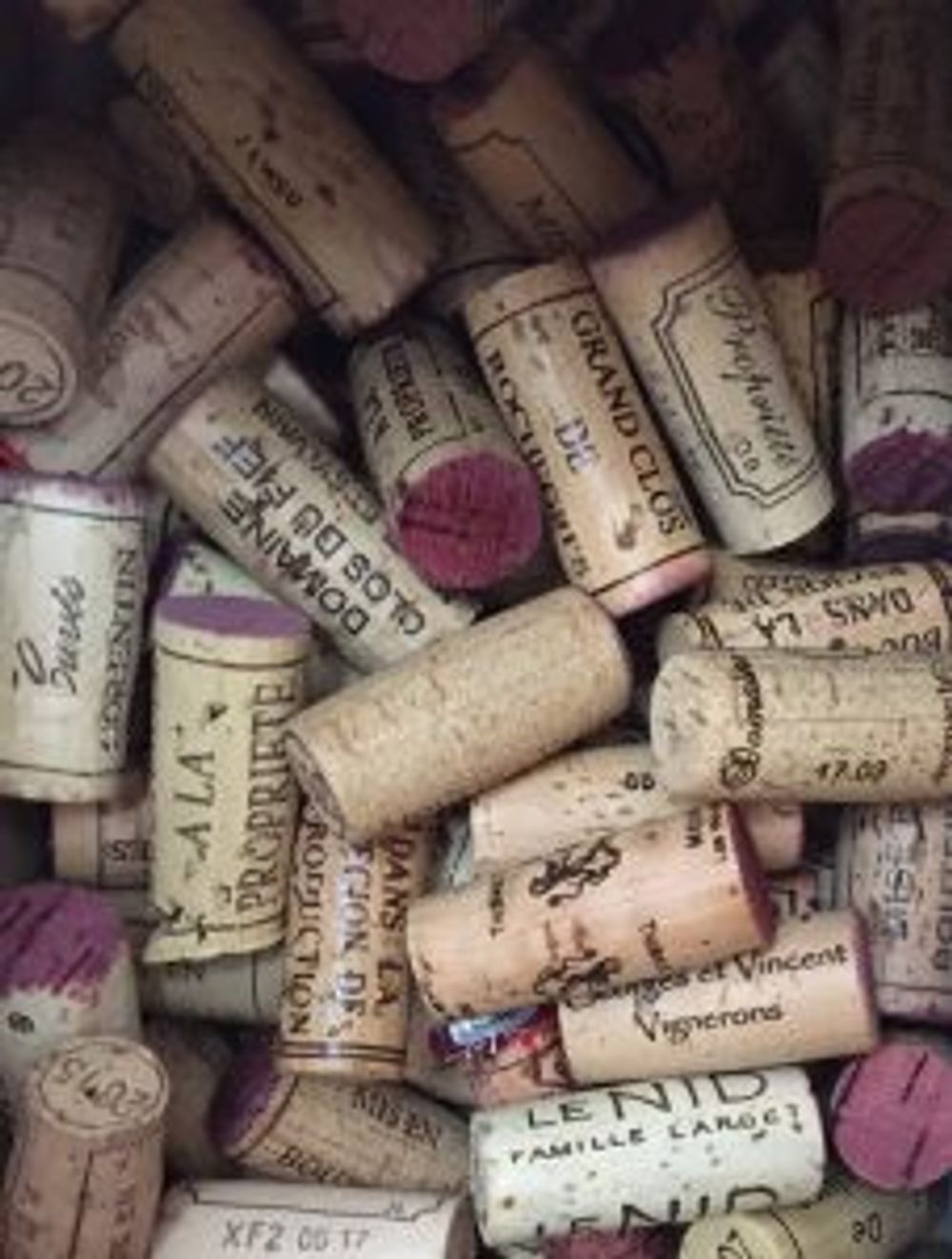
There were almost 200 wines on show at the annual Beaujolais trade tasting, with around two thirds produced within the ten Beaujolais Cru. I’d hazard a guess that if you took one wine at random from each Cru and did a blind tasting that any correct identifications of provenance would be complete guesswork.
That’s not to say that each Cru doesn’t have its own individual characteristics and expression of terroir (very important it seems in this part of the world, everyone was talking about terroir!) but because the breadth of styles within each Cru has become so immense.
There are common threads across all ten geographical zones (and the Beaujolais and Beaujolais Villages wines too) fresh, lifted fruit, crunchy texture, cleanliness on the palate… all carried by the Gamay grape, but it was the stark differences in wines and styles that stood out. Some had seaweed and earth, others a shimmering, ethereal glow of ripe, confected fruit. There was red liquorice, black liquorice, salinity, vanilla, flint and spice.
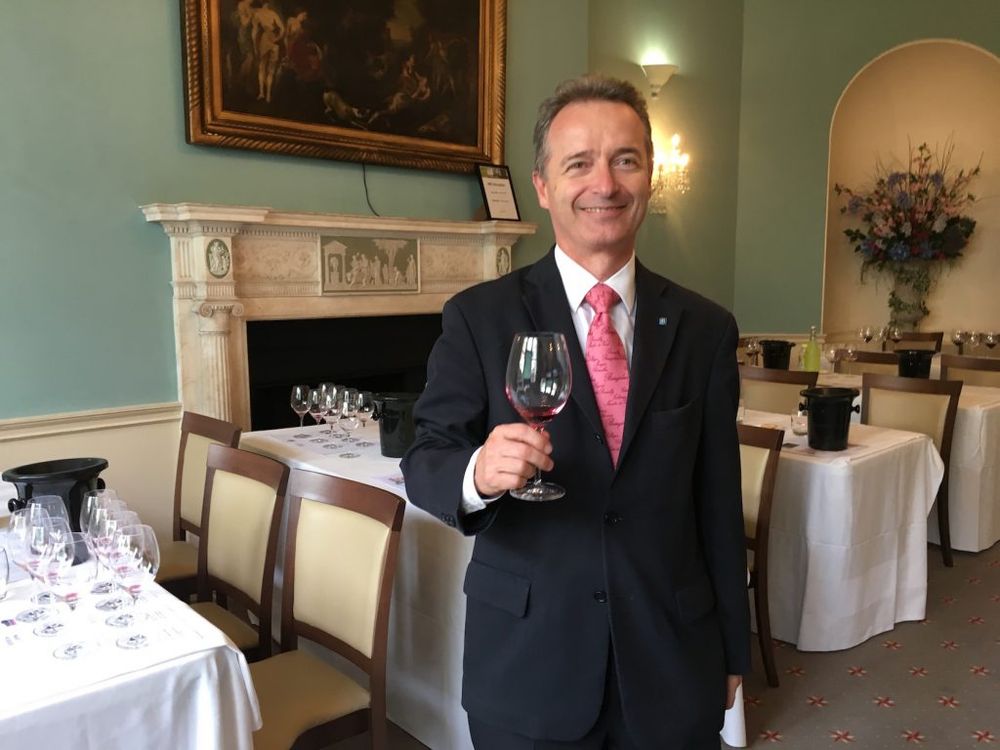
Inter-Beaujolais MD Jean Bourjade
The changing diversity of the Beaujolais region
“Beaujolais has changed over the past decade,” Inter-Beaujolais MD Jean Bourjade tells The Buyer.
He says that the wines in the UK market now are poles apart in terms of style, as well as ambition, than those wines available ten years ago. “Beaujolais was known in many countries, especially the UK, for the Beaujolais Nouveau so many of our wines were made in this style – light, easy-drinking, straightforward.”
“We wanted to go away from that image so about ten years ago or more we started to produce more ‘serious’ wines, wines with more depth, more expression, showing more terroir. Beaujolais was mostly known for being mostly on the fruit – it still is because of the Gamay – but now you have a lot more structure and terroir characters as well as depth and length.”
On the whole, this was true of the wines presented at the trade tasting, and as well as being struck by the diversity of styles within each Cru, I was very impressed by the quality of wines in the Beaujolais and Beaujolais Villages appellations. Bourjade puts this down to a new generation of young winemakers in Beaujolais, most of whom have learned their trade by making wine in other French wine regions and around the world.
“This has given them a much broader outlook on winemaking techniques and this is helping Beaujolais to produce wines that are not all the same, across all levels” he says. “We use a lot more different techniques now than in the past; we are now much more outward looking.
“Historically the Cru wines were always at the top of the pyramid and have been way ahead in terms of quality and perception but Beaujolais and Beaujolais Villages have worked very hard for years to bridge the gap, and today the gap is not massive. Beaujolais and Beaujolais Villages remain great value, as do the Cru wines when compared to other quality French wines such as Burgundy.”
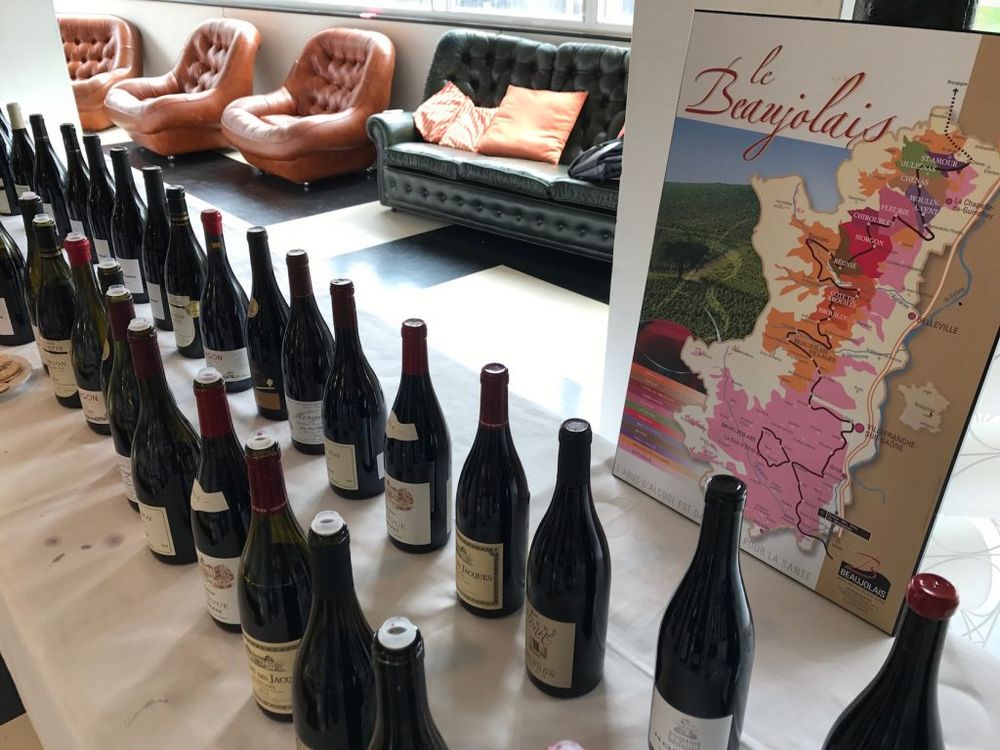
Bourjade talks a lot of Burgundy, and we mustn’t forget that Beaujolais used to sit historically within the Burgundy wine region. He’s quick to point out that most white wine produced in Beaujolais is labelled and sold as Bourgogne Blanc as producers can fetch a higher price by using this AOC. So if you see a Beaujolais Blanc or Beaujolais Villages Blanc you know that the producer puts pride of provenance ahead of price. It’s also worth knowing that 37% of Cremant de Bourgogne is made from grapes grown in the Beaujolais region.
But it’s not white wines that people are here to taste it’s the reds, the expression of Gamay, a grape that’s becoming more and more visible within the trade and with consumers. This is part of an on-going plan to promote the grape and educate consumers about what’s inside a bottle of Beaujolais.
“In the UK the wine consumer usually knows or learns about the grape variety before where the wine comes from, so you have the Chardonnay drinkers, the Pinot drinkers etc, and all the studies show that one of the top two criteria for choosing a wine for the British consumer is the grape variety,” explains Bourjade.
“Gamay was not very well known as a grape variety so those consumers who go for the variety they know would not have gone for Beaujolais wines so we felt we should push Gamay forward in all of our communications. We now talk a lot about Gamay so consumers feel comfortable with this grape variety.”
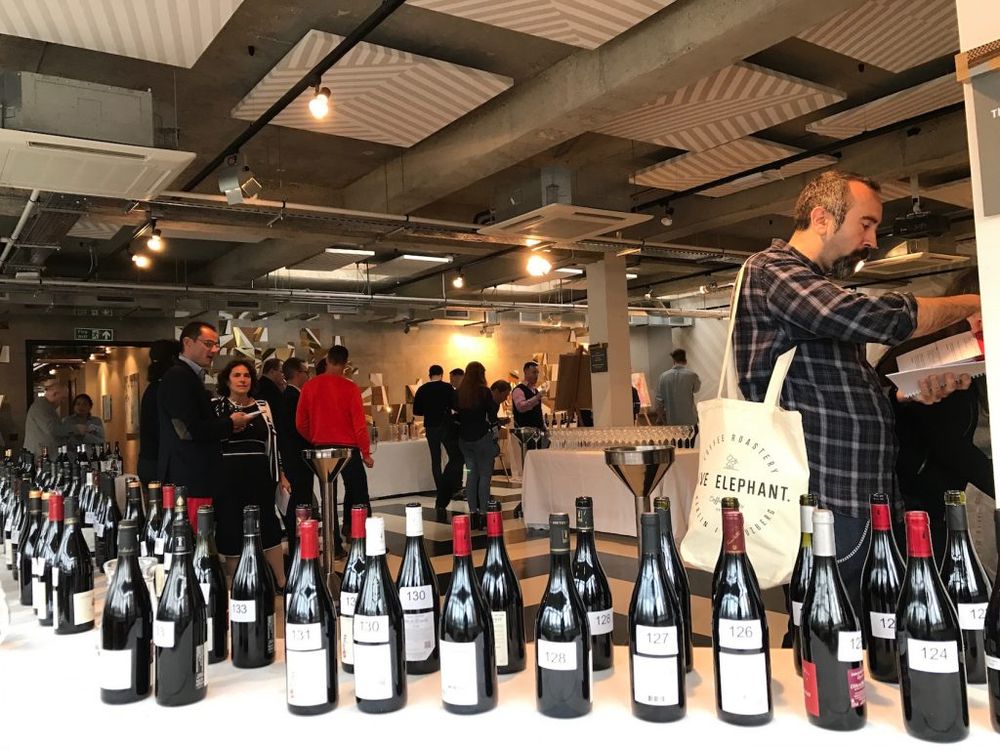
The Trampery in Shoreditch housed the tasting – a venue that helped give a contemporary feel to the wines
With the #GoGamayGo hashtag plastered all over the place it’s clear that this is a campaign that will run and run, and with wines of the quality and diversity on display to back up the assets of this much-misunderstood grape, Beaujolais as an appellation and a style is certainly on the up.
“We feel that Beaujolais is becoming trendy again,” concludes Bourjade. Couldn’t agree more.
Jean Bourjade’s guide to recent (and future) Beaujolais vintages
2015
The 2015 vintage was called one of the best of the past 100 years. It was a hot year so we had deep colour, more alcohol levels than we are used to – levels that you would normally see in Côtes du Rhône and south of France, but acidity to balance. It’s a vintage than you can keep for more than 20 years no problem.
2016
More of a typical vintage for us after 2015. We recognise the Gamay, less alcohol levels, a lot more typicity, t’s a very, very good vintage as well, probably won’t keep as long at 2015 but we are very pleased with it. In a way it was lucky because you can’t have a vintage like 2015 every year because then it doesn’t become exceptional, so you need to have differences between vintages.
2017
We’ve been very lucky this year. 2017 is going to be difficult for a lot of wine regions in France because of the frost and hail, and in Beaujolais we have escaped so far most of those problems. It’s looking very good because we have some nice hot weather at the moment – it’s a bit early to make a definite forecast but I would say that we will probably have an early harvest this year and it looks like it could be a very good vintage.
